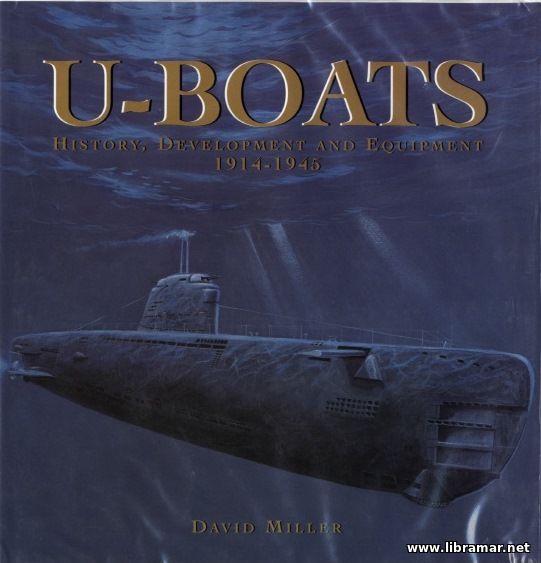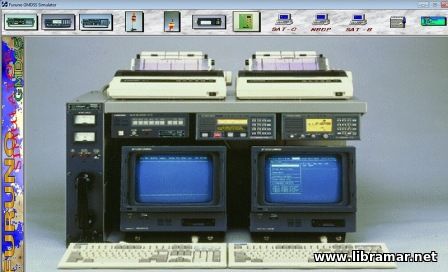Offshore Supply - Dealing with Deck Cargo
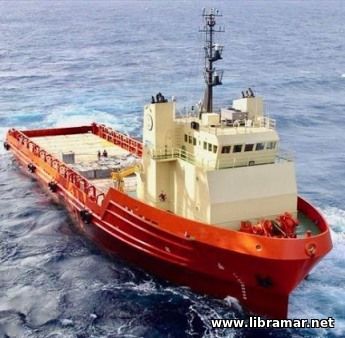
Safe and successful deck cargo operations depend on everyone having a good awareness of safety. This includes the deck crew, the personnel on the bridge and the installation. Measures must be taken to minimize the hazards of any dangerous goods; the wearing of the correct PPE is essential in all loading and discharging operations. Where a color coding system is in operation for slings, the vessel should check that all slings are of correct color. The vessel will need to check that each installations cargoes are loaded together. Loads must be placed to make working with them offshore as safe and practical as possible. There must be no need to climbing on cargo units offshore.
During loading the officer on deck should check the tops of all cargo items to make certain that no loose objects, such as spanners, have been left there. The doors and lids of all cargo items must be closed and secured. Open top baskets and containers need to be checked to ensure that the contents are safely stowed and secured. Casing and drill pipes need special attention. They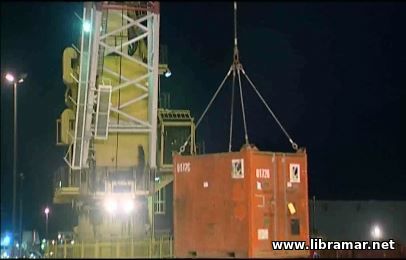 are usually loaded between deck posts and the vessels trash rail. Ideally, all these items should be capped. This is to protect the threads of pipes and stop seawater getting inside casings. Failure to do this can lead to stability problems due to the free surface effect of water inside the casings.
are usually loaded between deck posts and the vessels trash rail. Ideally, all these items should be capped. This is to protect the threads of pipes and stop seawater getting inside casings. Failure to do this can lead to stability problems due to the free surface effect of water inside the casings.
Where cargo is in racks, the vessel should check that all items in the rack are secured. Bolts can become loose. Dangerous goods, such as the gas cylinders, helicopter fuel, explosives and radioactive isotopes must be stowed away from accommodation with the correct separation in accordance with the provisions of the IMDG Code or national legislation. Good secure stowage is important for all cargoes as water on the deck can cause them to move. It is especially important for hazardous cargo. Different sectors have different weather working limitations. Once instructions have been received, the weather must be monitored. On a way to the installation, the lashings of the cargo should be checked from time to time, if it is safe to do so, especially if there is a lot of water on deck.
The final decision on safe working conditions will be made by the Master of the vessel. There must be a toolbox talk of safe job analysis in place. It is ideal to have an open meeting where anyone can raise any concerns. The deck crew is informed about the agreed order of discharge. The objective is to start on the outside of the cargo and work towards the crash rail. The number of items 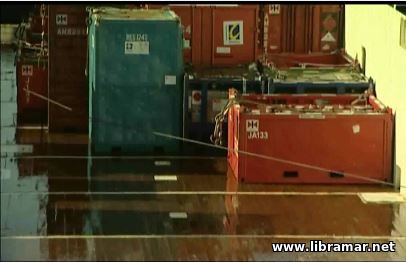 to be back loaded must be agreed; correct paperwork will be required for dangerous cargoes. When working downwind in poor weather there is a constant hazard of water on deck.
to be back loaded must be agreed; correct paperwork will be required for dangerous cargoes. When working downwind in poor weather there is a constant hazard of water on deck.
This can move on secure cargo around and present a danger for the deck crew. Cargo lashings should only be released once the vessel is alongside. There must be good radio communication between the vessel and the deck foreman on the installation. Arrangements must be agreed for stopping cargo operations if the weather deteriorates or the operation becomes unsafe for any other reason. The usual procedure is for one of the deck crew to work with the hook - he grabs a pennant while the other lifts the sling and connects the hook to the sling. Once the hook is attached to the sling, the crew must withdraw to a safe position.
Sometimes the deck crew has radio communication either with the bridge or directly with the crane operator. Then, the crew member designated as the banksman, instructs the crane operator on the installation who monitors the lifting. If there is no radio communication established, the banksman shall use standard hand signals and note that the signal for the crane operator to lift must only be given when all deck crew is safe. Throughout the operation, deck crew should lookout for each other’s safety as well as their own. The bridge also watches them to make sure they are working safely.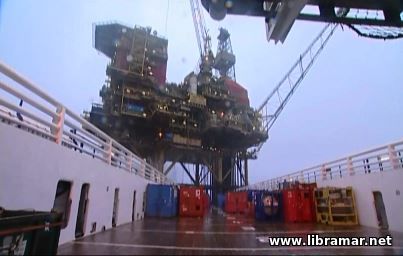
For back loading the same safety procedures apply – no dangerous goods shall be back loaded until the correct documentation is supplied by the installation. The installation must be asked to check that all doors and lids are closed and secure, and that there are no loose objects on top of the cargo items. There will be a need for good communication between the installation and the bridge. The deck crew must remain in a position of safety until a cargo reaches the deck.
Safe offshore cargo operations depend on good stowage of the cargo and having it fastened securely to prevent movement in any weather. It depends on good teamwork between the bridge and deck of the vessel, and between the vessel and the installation. Those on the deck and those on the bridge must always be looking out for the safety of the deck crew. Their safety must always be a first priority.
The "Read Later" function allows you to add material to this block with just one click. Just click on the icon and read the articles that interest you at any convenient time.
